THOR 002 transforms thermography into a practical workflow: identify faults, assess risks, record findings, and continue the operation. It integrates key performance parameters such as resolution, sensitivity, and frame rate with functions that enhance inspection efficiency.

What problems does it solve?
Tight rounds, no patience for lag. Real-time thermal imaging keeps pace as you move and inspect.
Reports that tell you exactly where. Thermal and visible fusion shows the location clearly for technicians and contractors.
Reliable proof. Spot and area tools with comparisons let you monitor changes and confirm what matters.
Three real-world scenarios and how THOR can help
1) Electrical & Power
Loose lugs, overloaded breakers, and phase imbalance can stay unnoticed until they lead to real faults.
To capture, start with a visible image, then switch to thermal mode and apply picture-in-picture (PIP) to align the exact terminal.
To assess, combine the center spot with custom measurement points to calculate ΔT against your baseline, and mark abnormal readings for follow-up work.

2) Rotating Machinery & HVAC
Early bearing wear, misalignment, and clogged coils often show subtle yet meaningful thermal patterns.
For image capture, scan the entire system, zoom in on areas of concern, and use isotherms to highlight regions that exceed the alarm threshold.
For evaluation, compare components in pairs such as left and right bearings or adjacent VFD drives, and record temperature changes over time to identify developing issues.
3) Building Envelope & Moisture
Insulation gaps, cold bridges, and hidden moisture can be difficult to detect with the naked eye.
For imaging, first capture a visible light image, then overlay the thermal image to locate faults accurately on the actual building elements such as specific panels or corners.
For evaluation, use an area measurement box to record minimum and maximum temperatures so contractors can precisely determine where to open walls or ceilings for repair.

Critical Parameters for Effective Inspections
·Imaging you can trust: native 256×192 thermal with Super Resolution up to 512×384 for extra detail when you need it.
·Sensitivity: NETD < 40 mK, so small gradients don’t disappear into noise.
·Frame rate: 25 Hz thermal stream—no “jelly lag” when scanning moving targets or large panels.
·Display: 3.5" 640×480 IPS—clear, bright, readable on the floor.
· Temperature range & accuracy: −20°C to 550°C (−4°F to 1022°F), accuracy ±2°C or ±2%—wide enough for most industrial and HVAC tasks.
·Fusion & capture: Thermal, Visual, Fusion/PIP, onboard visible camera, photo & video recording, laser pointer.
·Measurement tools: center/max/min, custom spots, area box, ΔT, isotherms; voice notes to log findings hands-free.
·Connectivity & software: USB/Wi-Fi transfer plus desktop analysis for emissivity/distance/ambient adjustments and clean reports.
·Rugged & ready: reinforced housing, comfortable one-hand use, long-lasting battery for full-shift work.

Who gets the most value?
·Plants building predictive maintenance into daily operations
·Field teams handling electrical, mechanical, and HVAC/R troubleshooting
·Contractors doing building envelope diagnostics and moisture hunts
Bottom line
A thermal camera is more than a tool; it provides verifiable evidence. THOR 002 converts that evidence into a clear action plan, indicating which issues to address first, when to schedule follow-up inspections, and how to document the results. This approach reduces downtime, minimizes unexpected problems, and ensures smoother task handoffs.


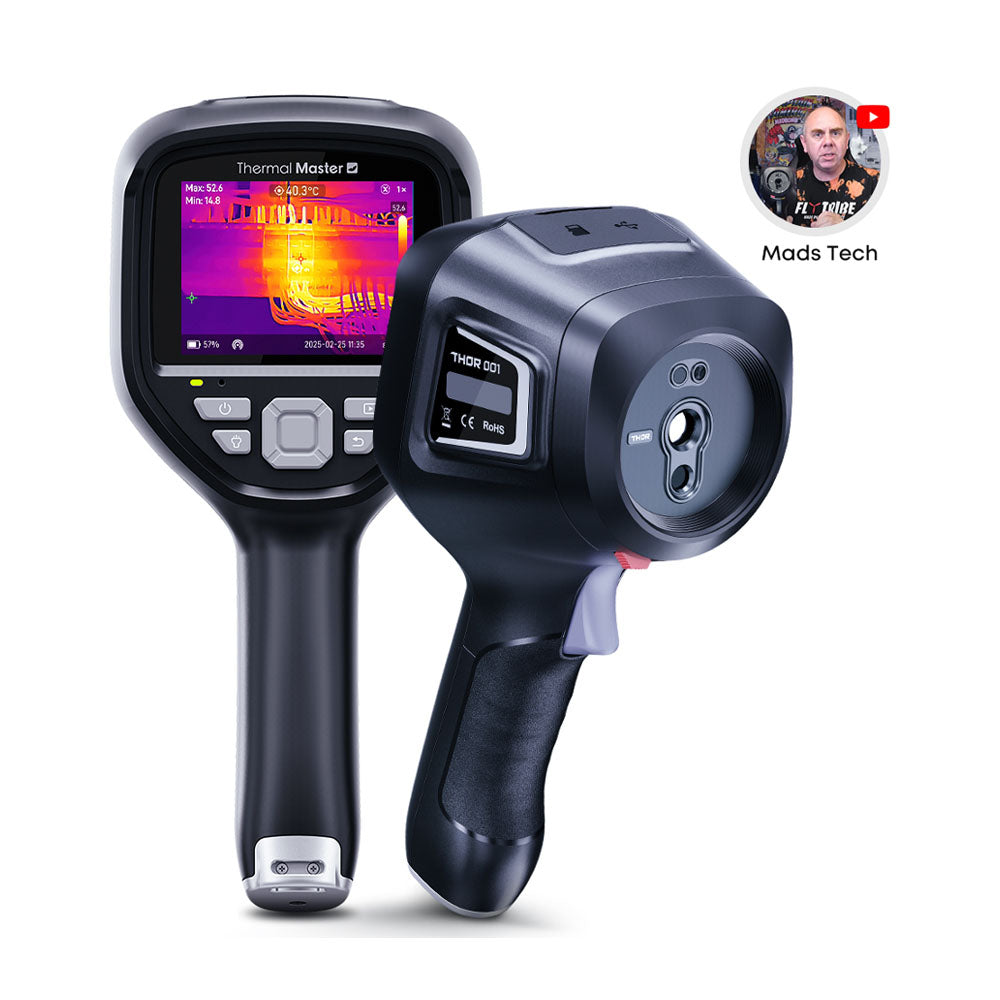

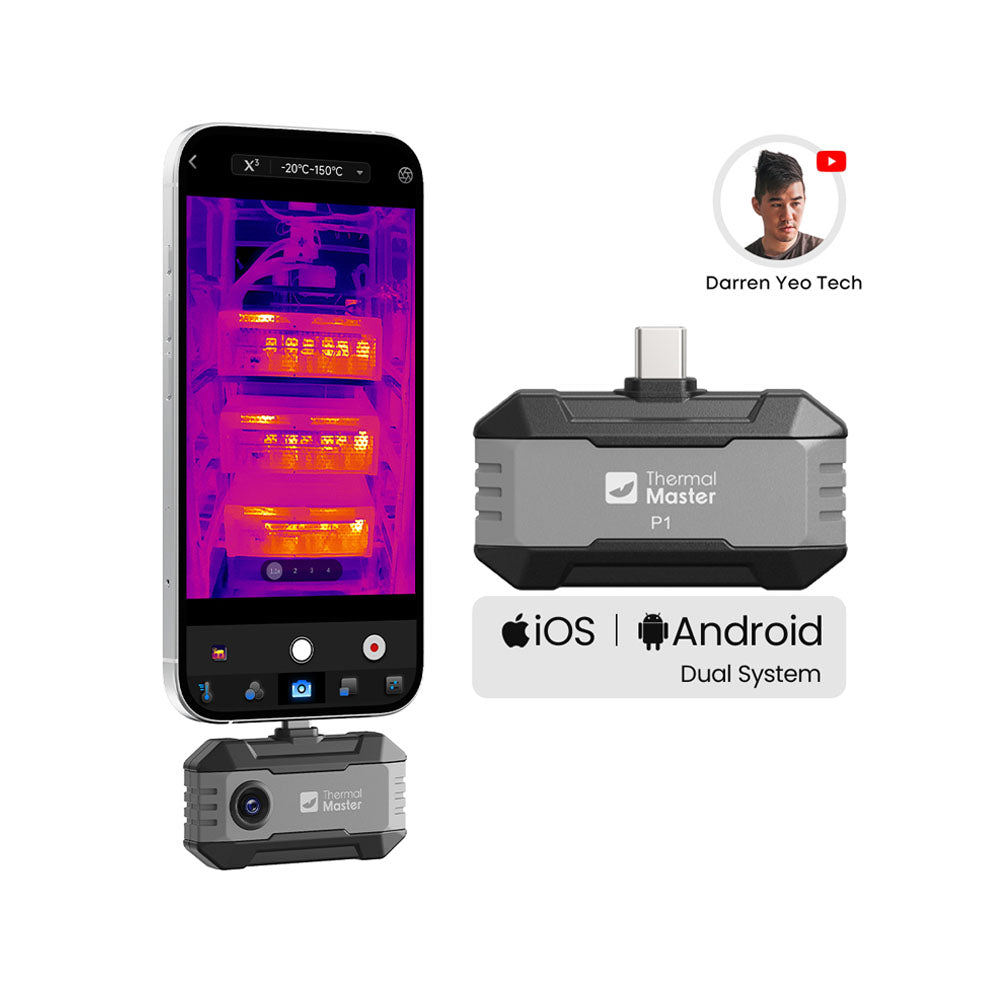
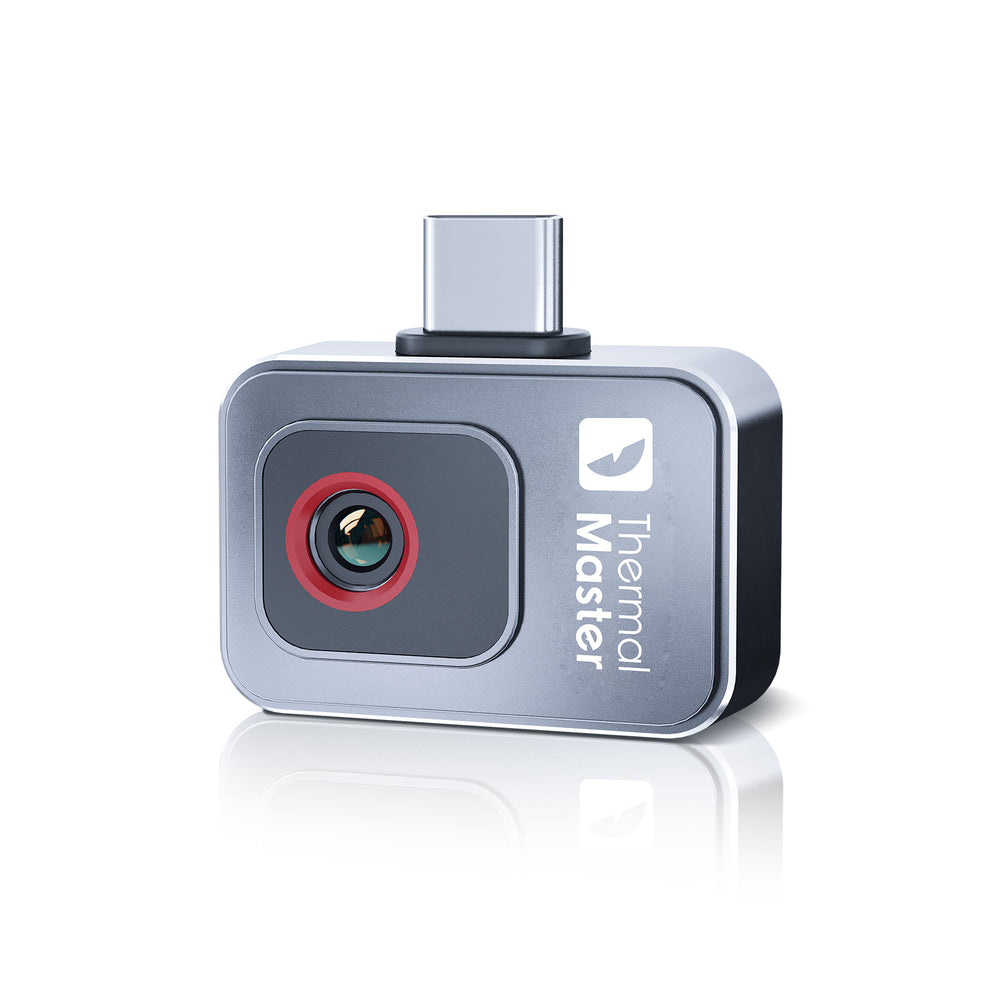
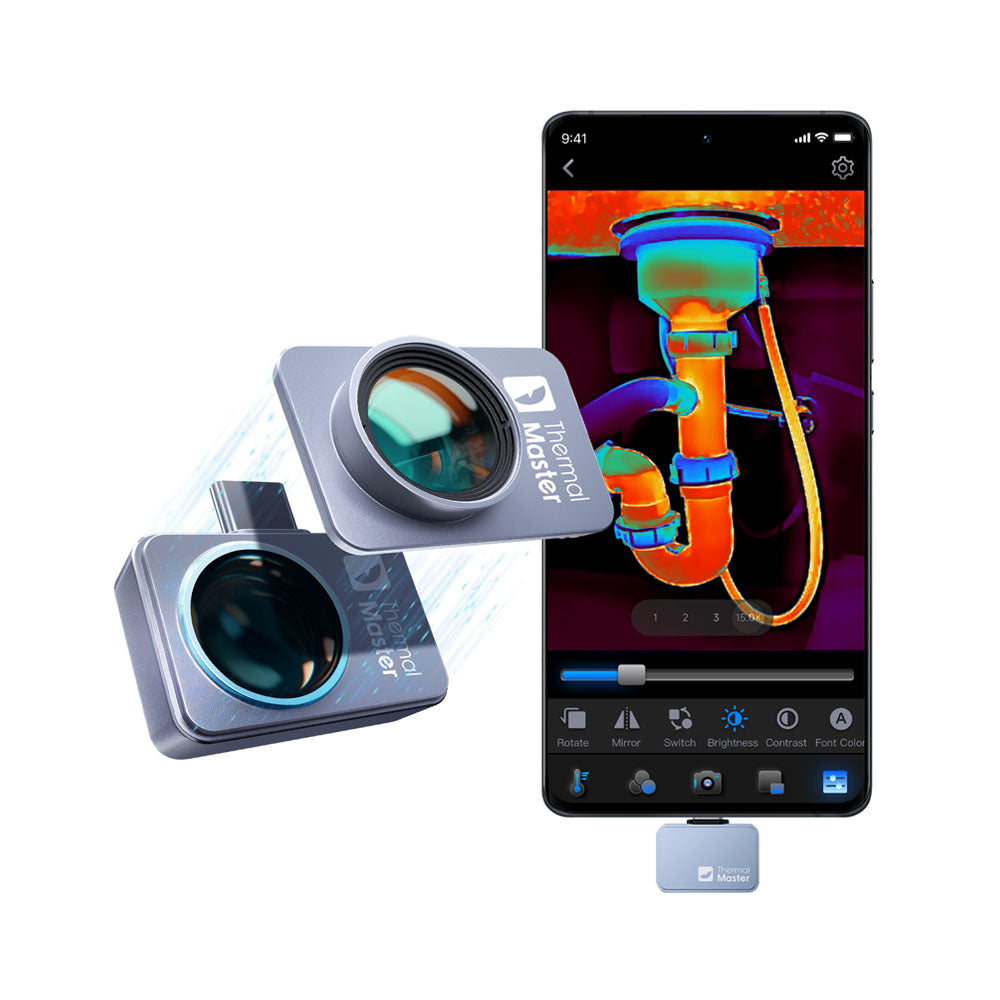
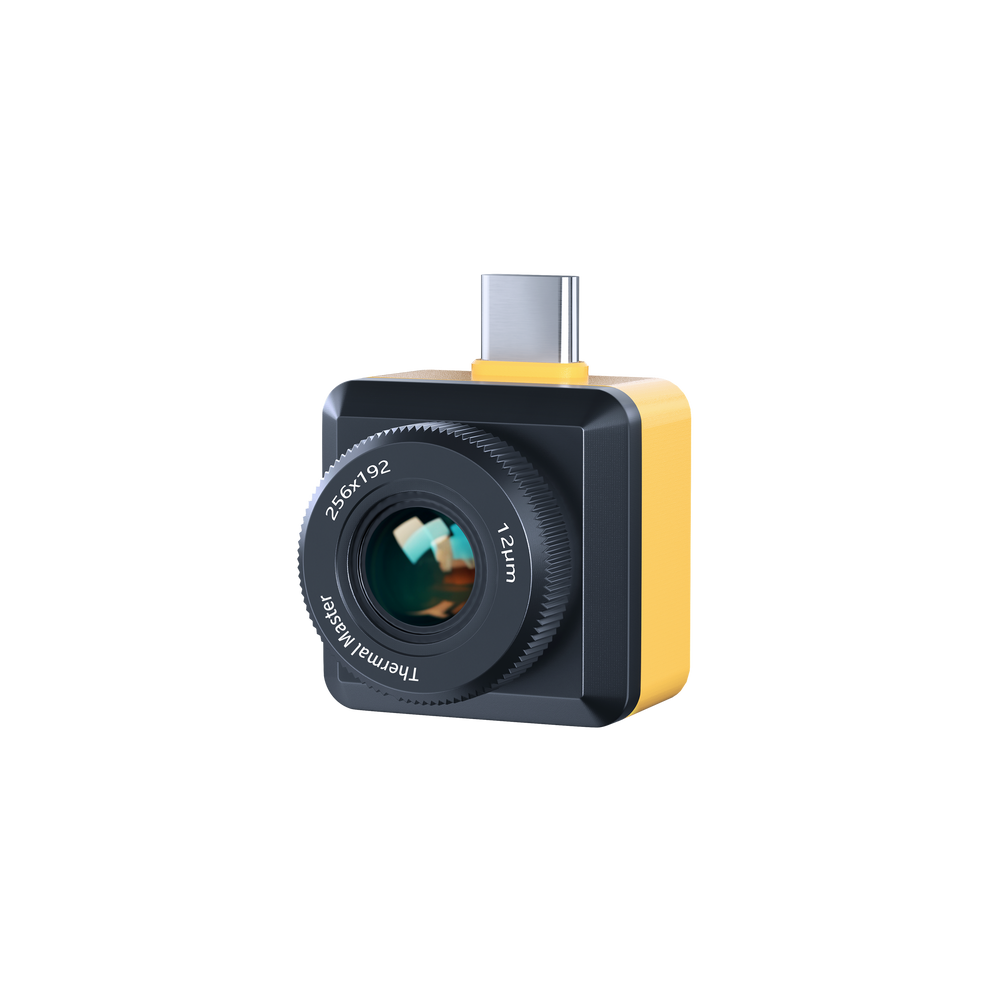
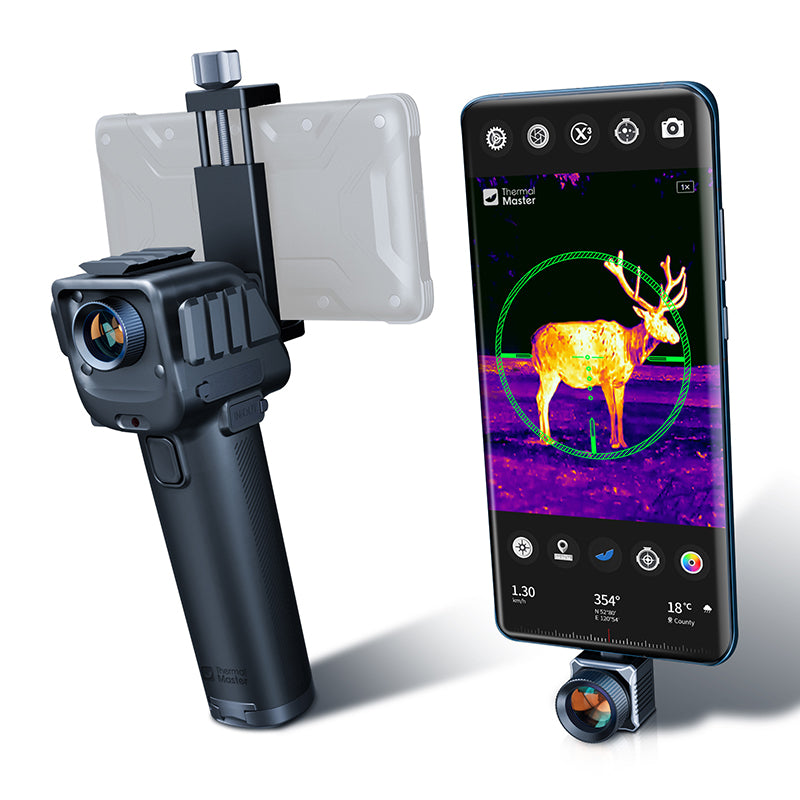
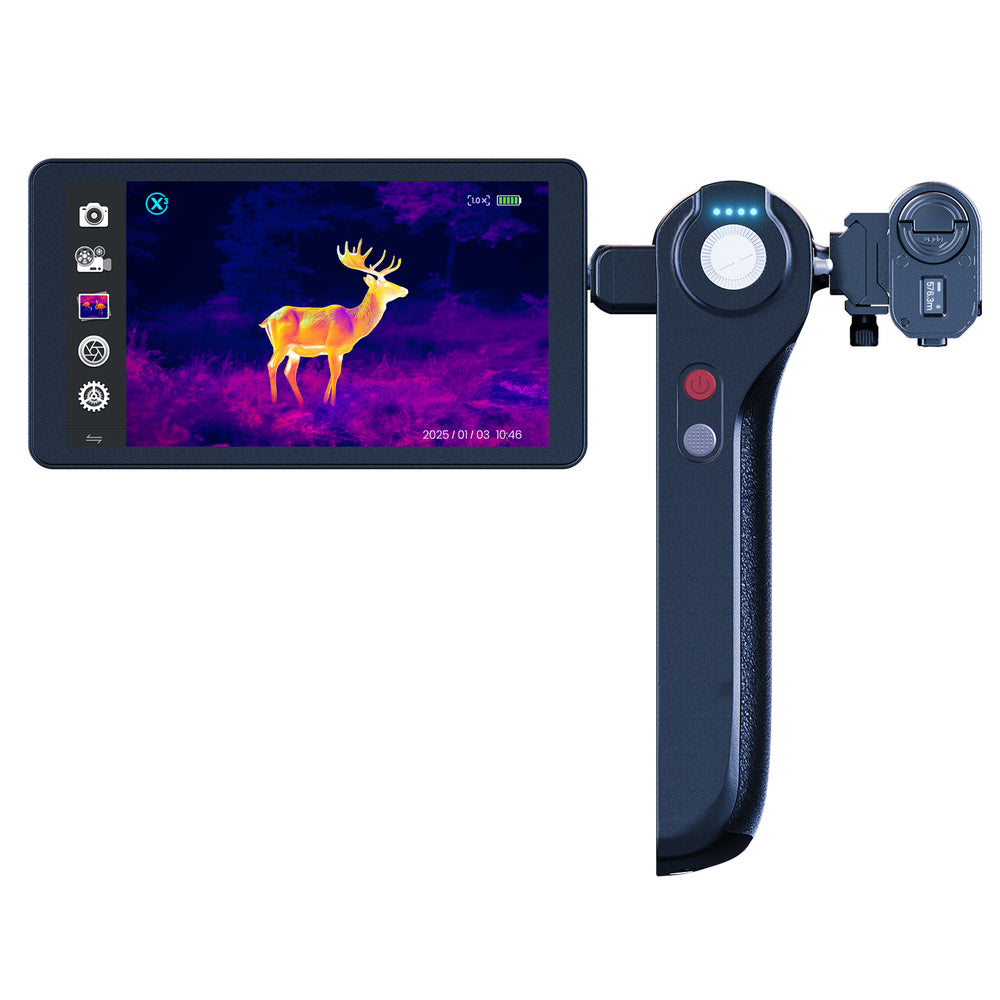
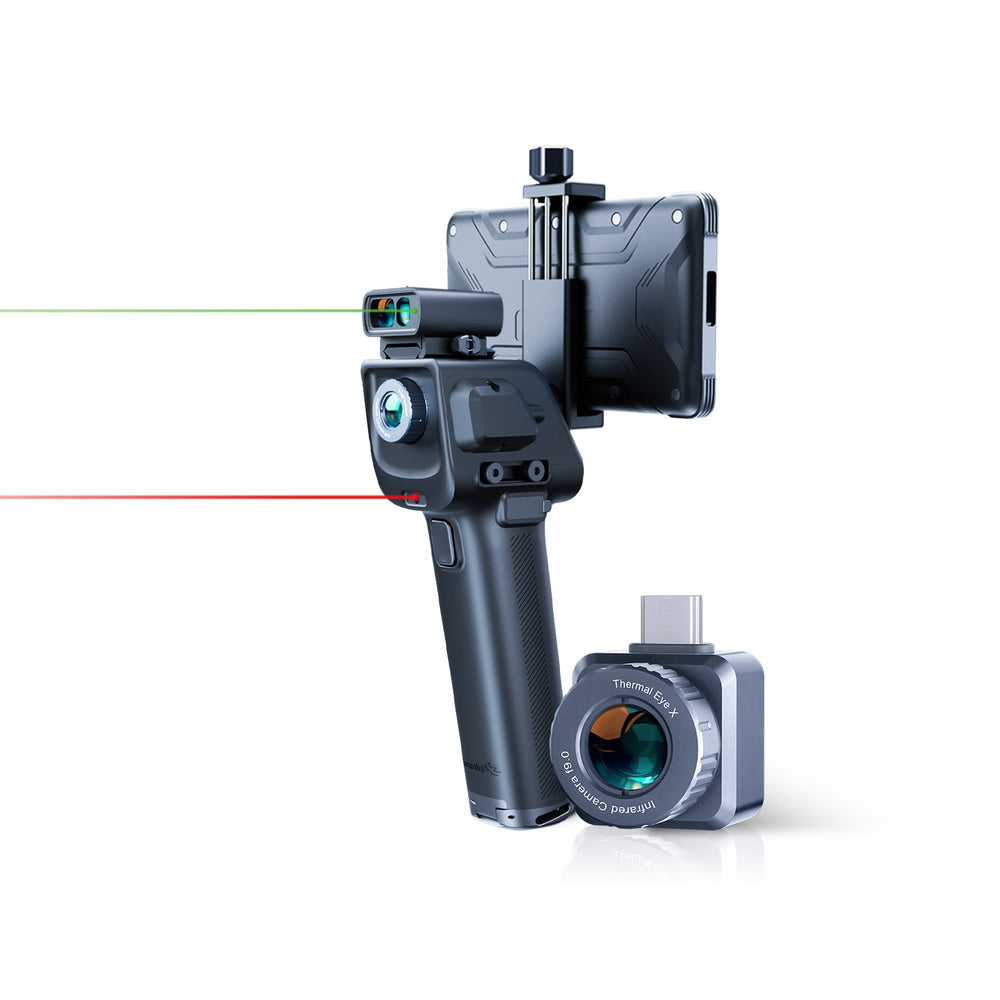
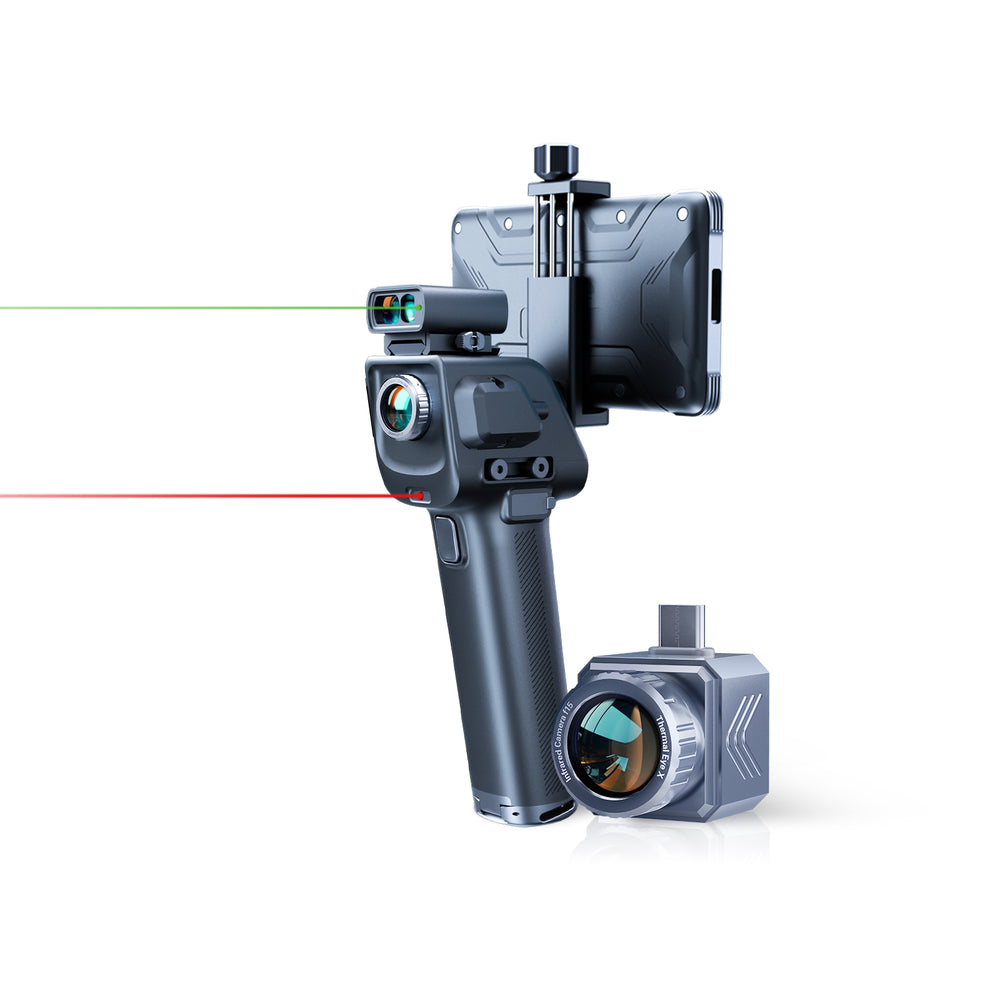
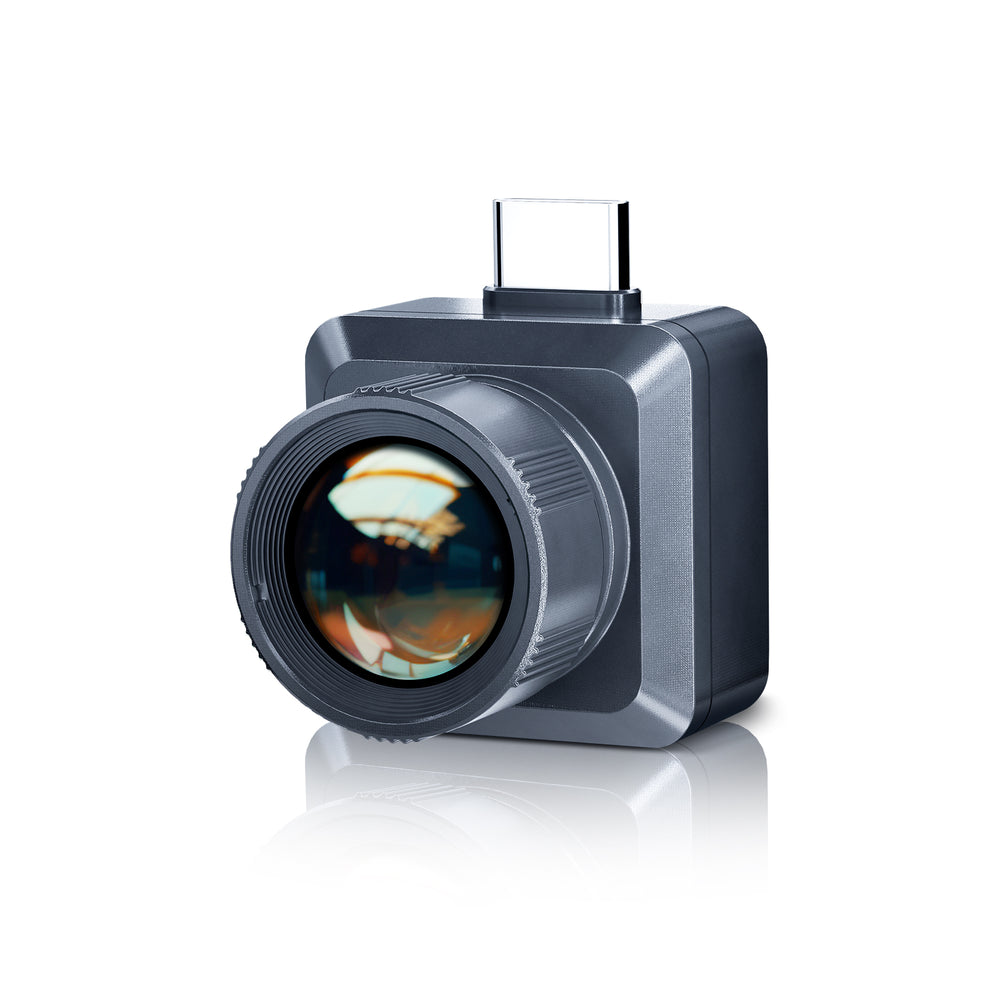
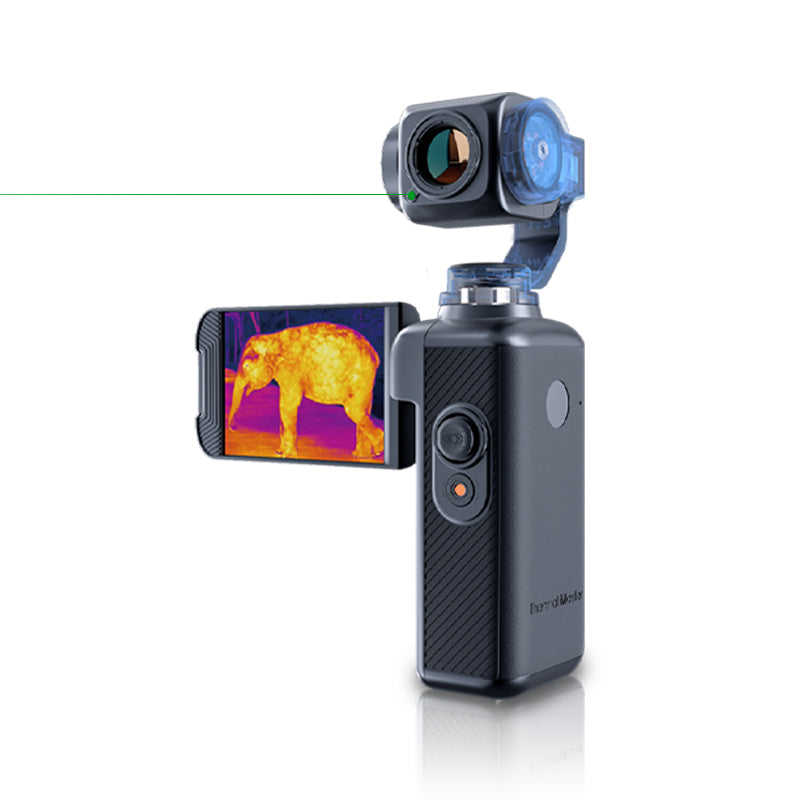
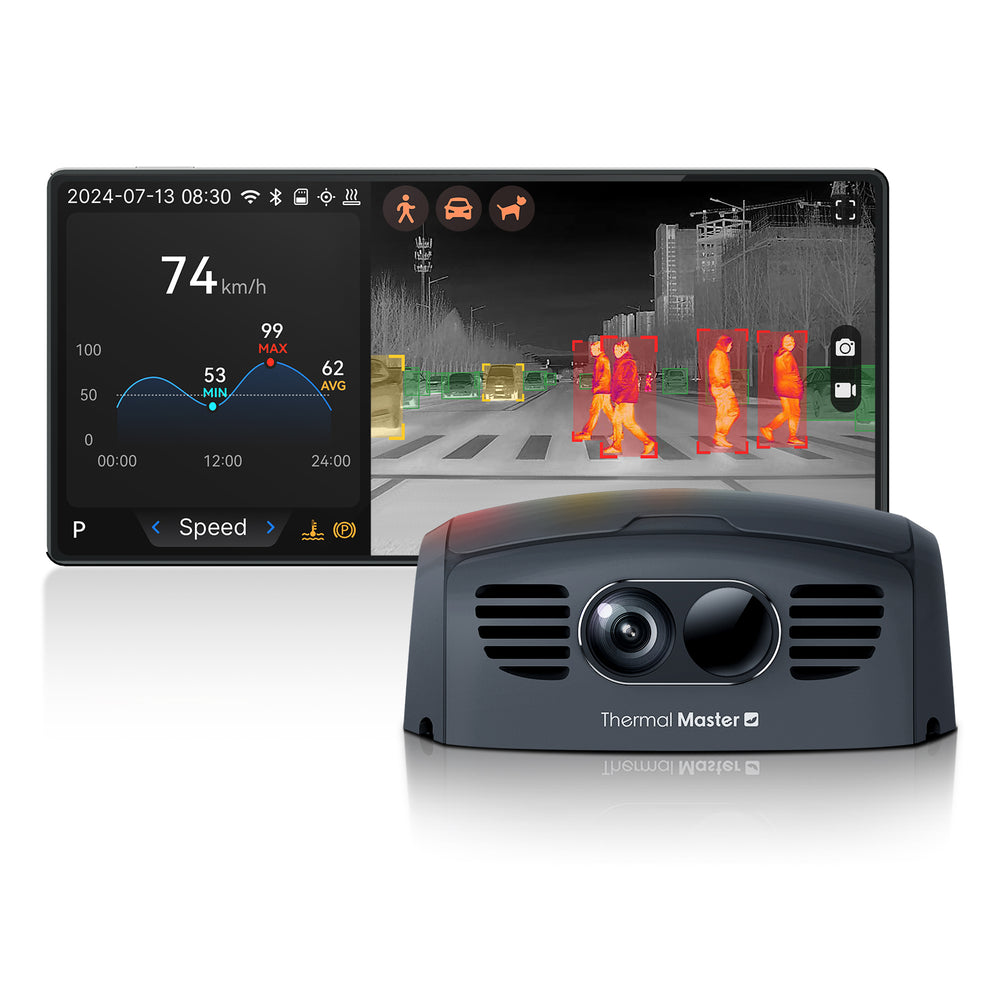
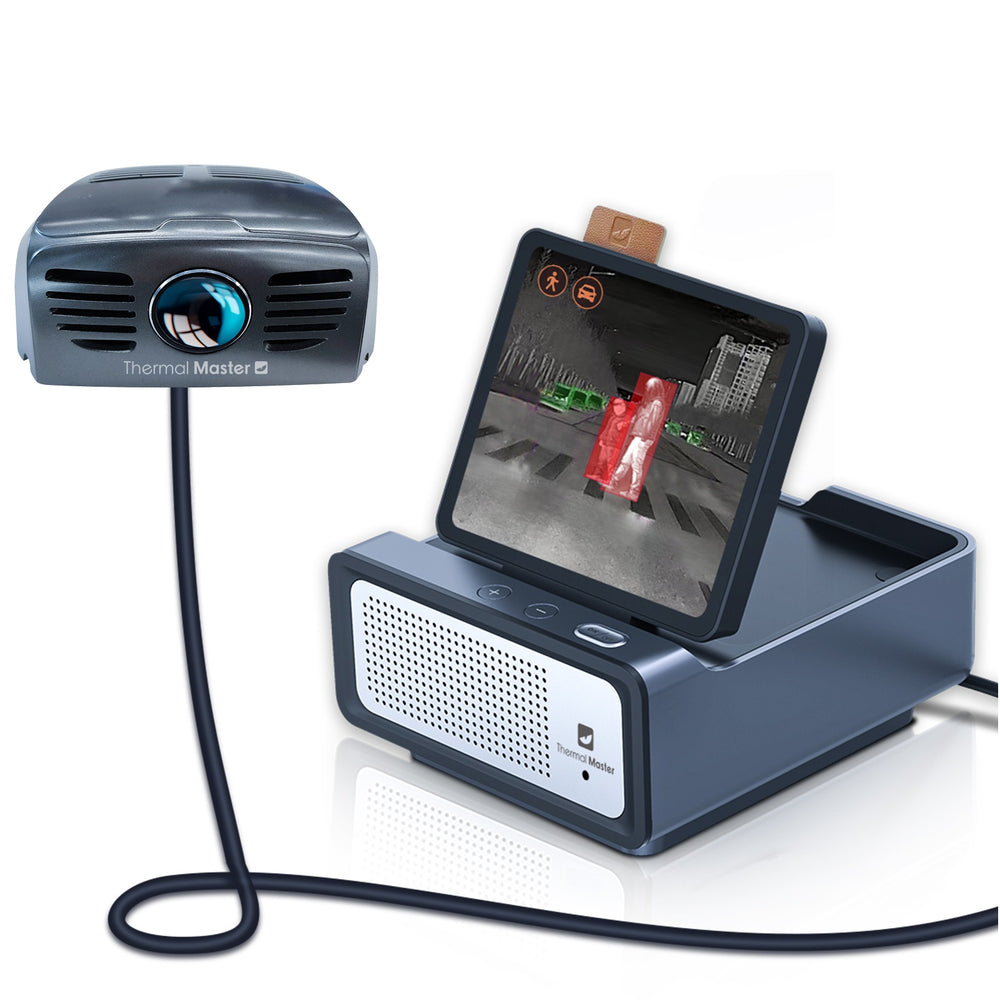
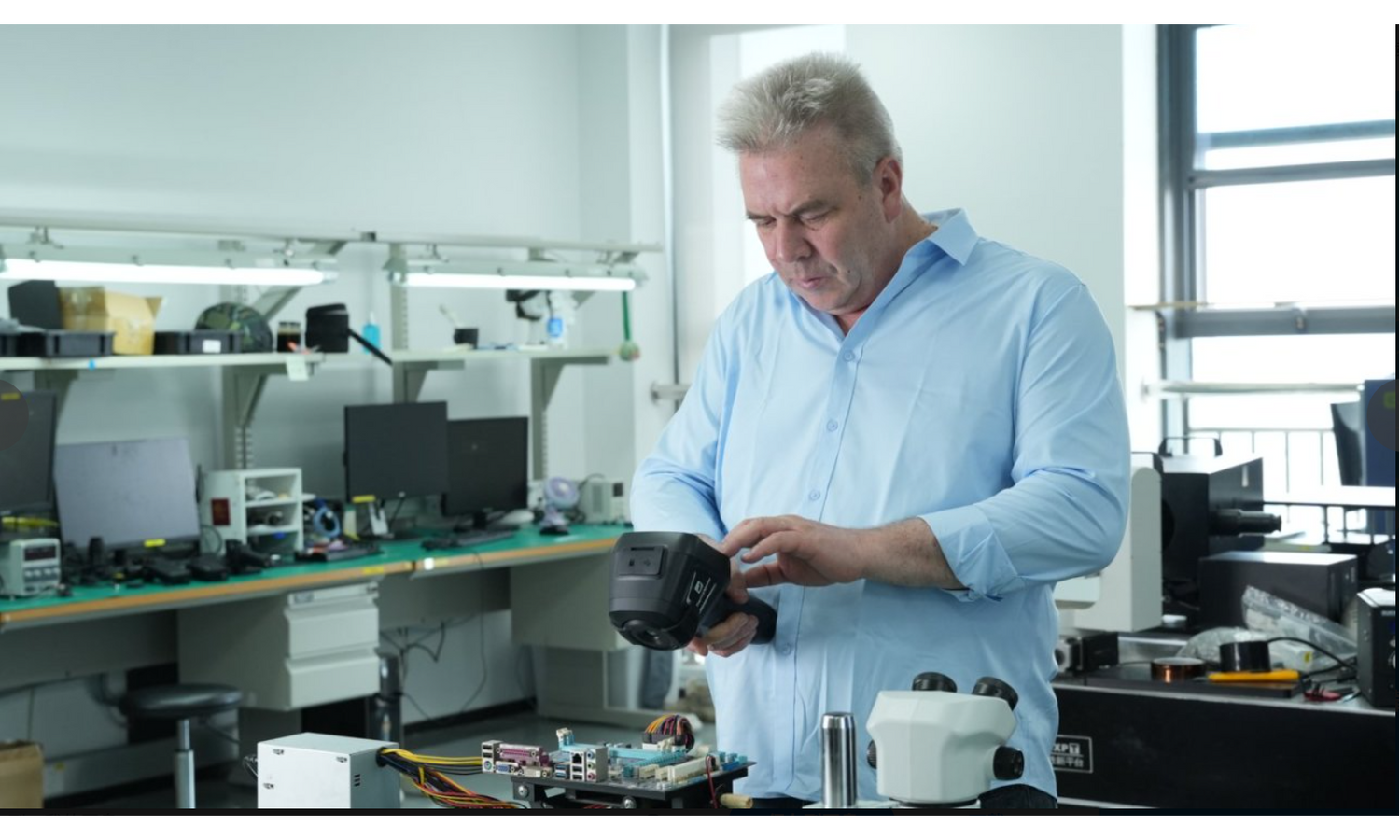
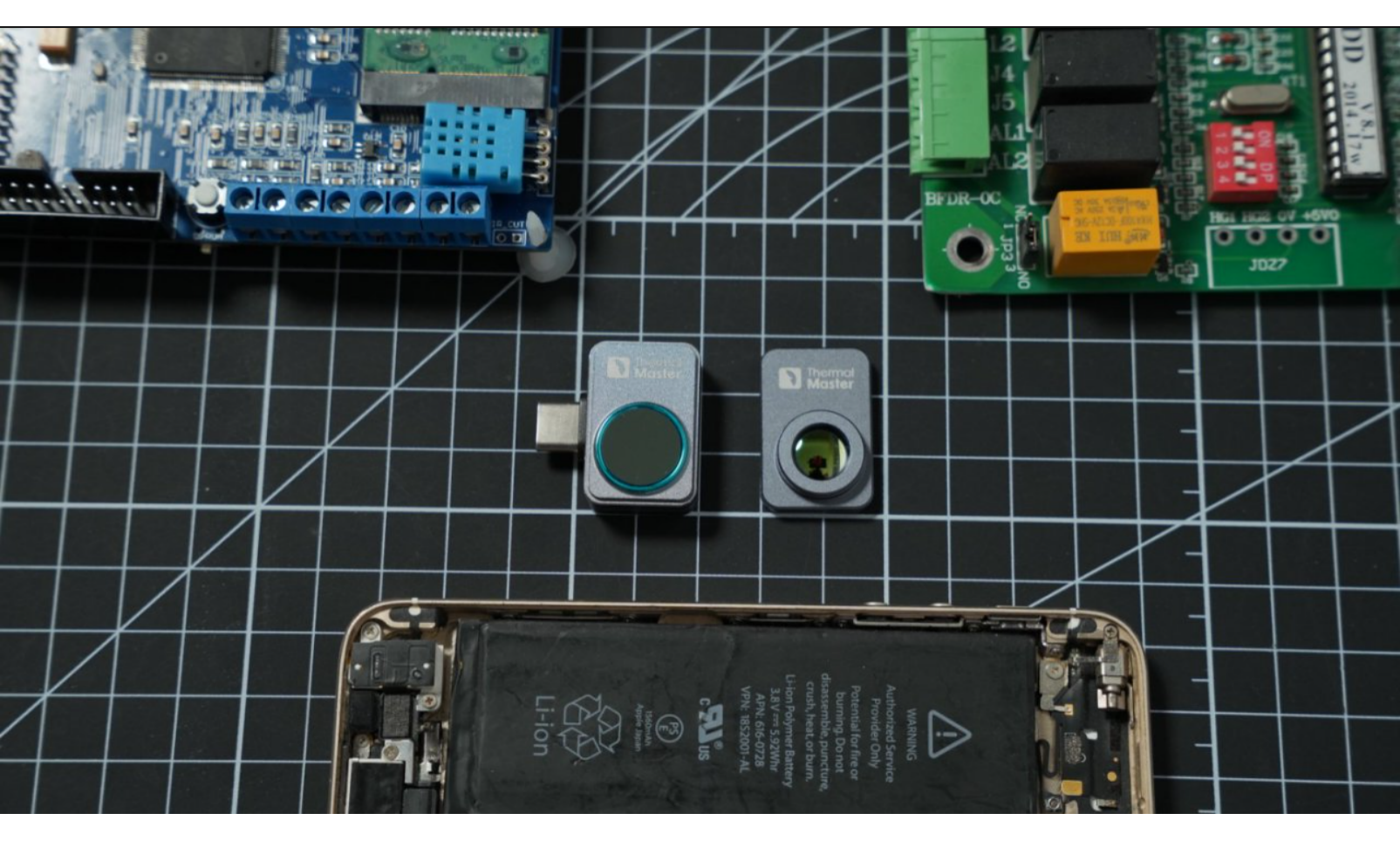
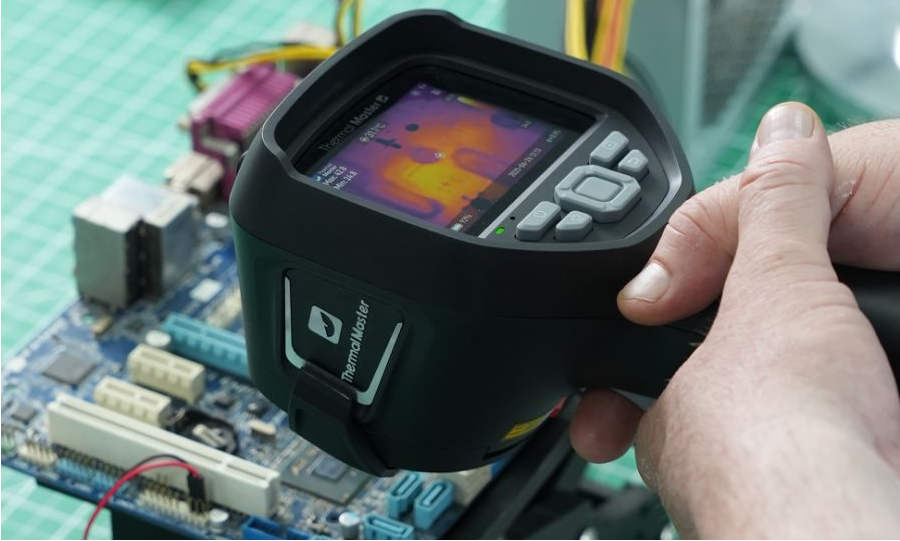
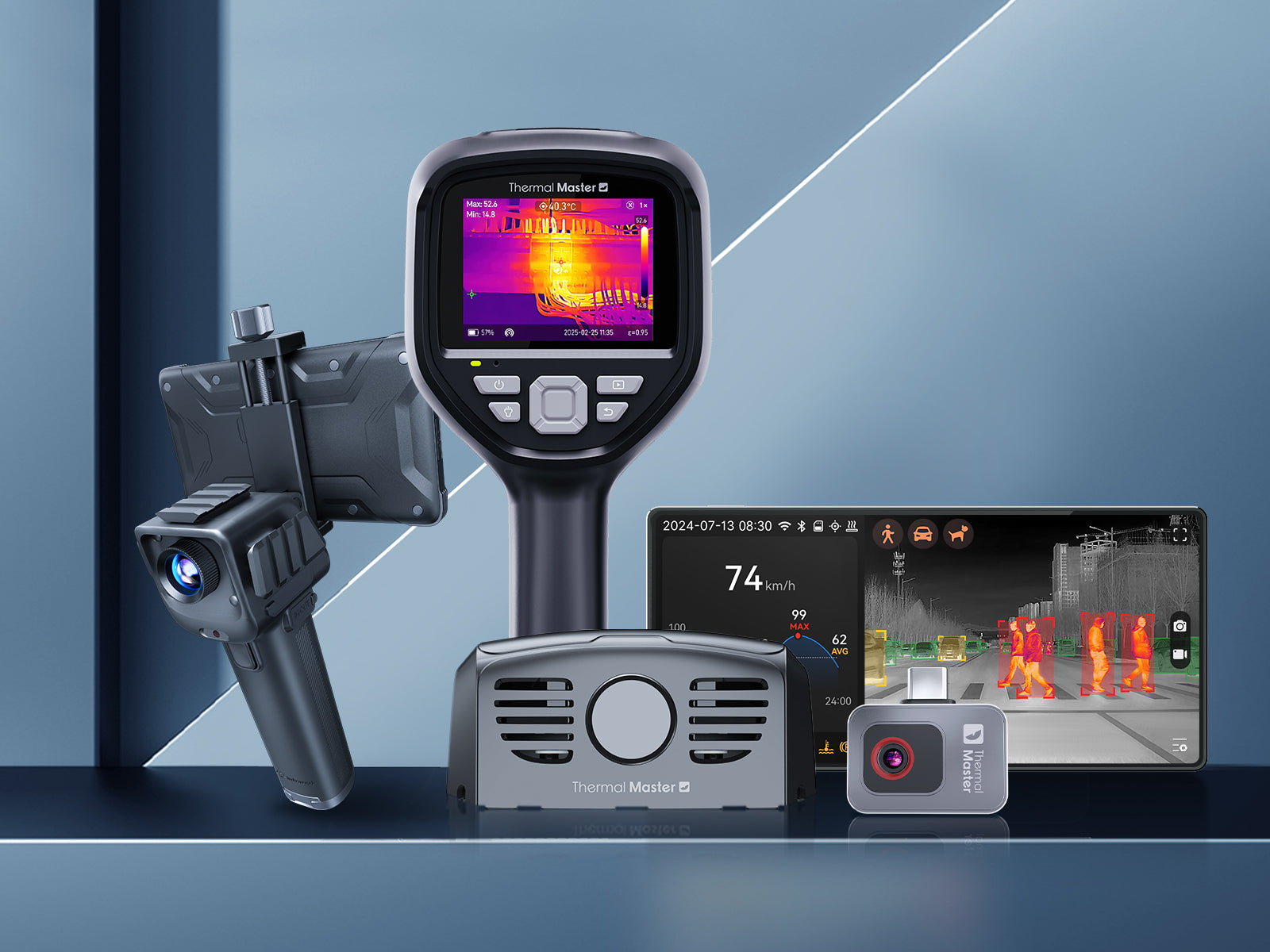
コメントを書く
全てのコメントは、掲載前にモデレートされます
このサイトはhCaptchaによって保護されており、hCaptchaプライバシーポリシーおよび利用規約が適用されます。